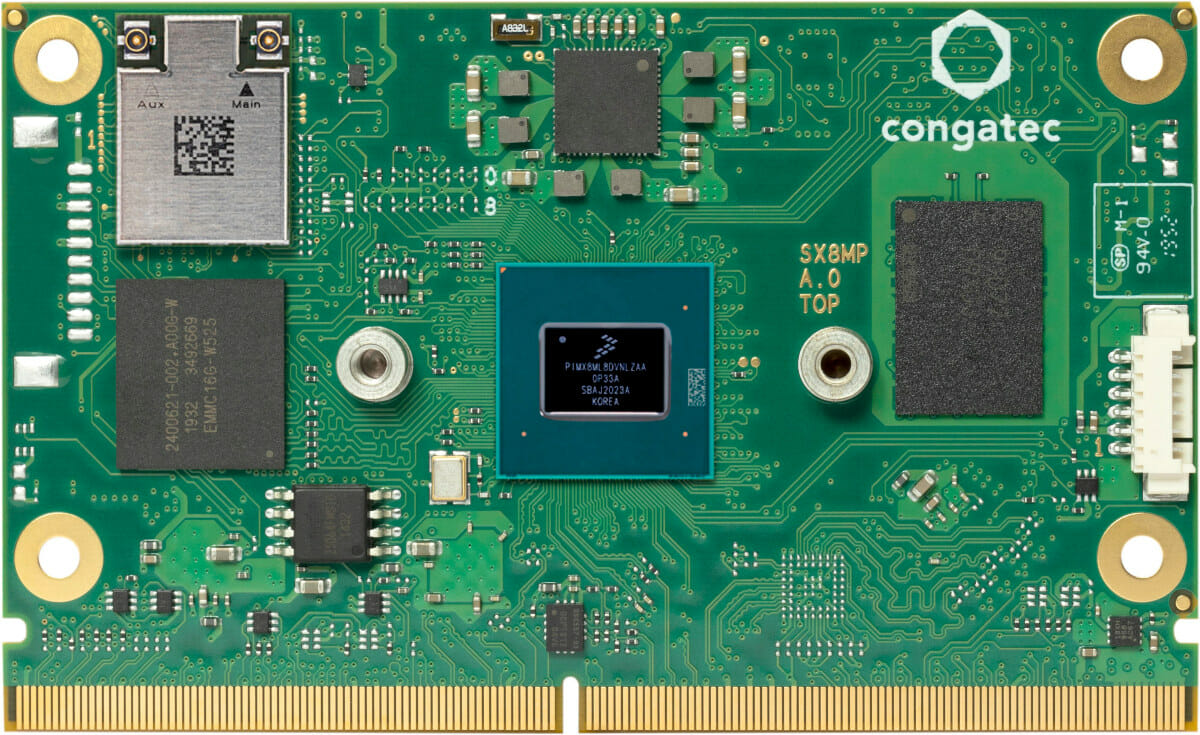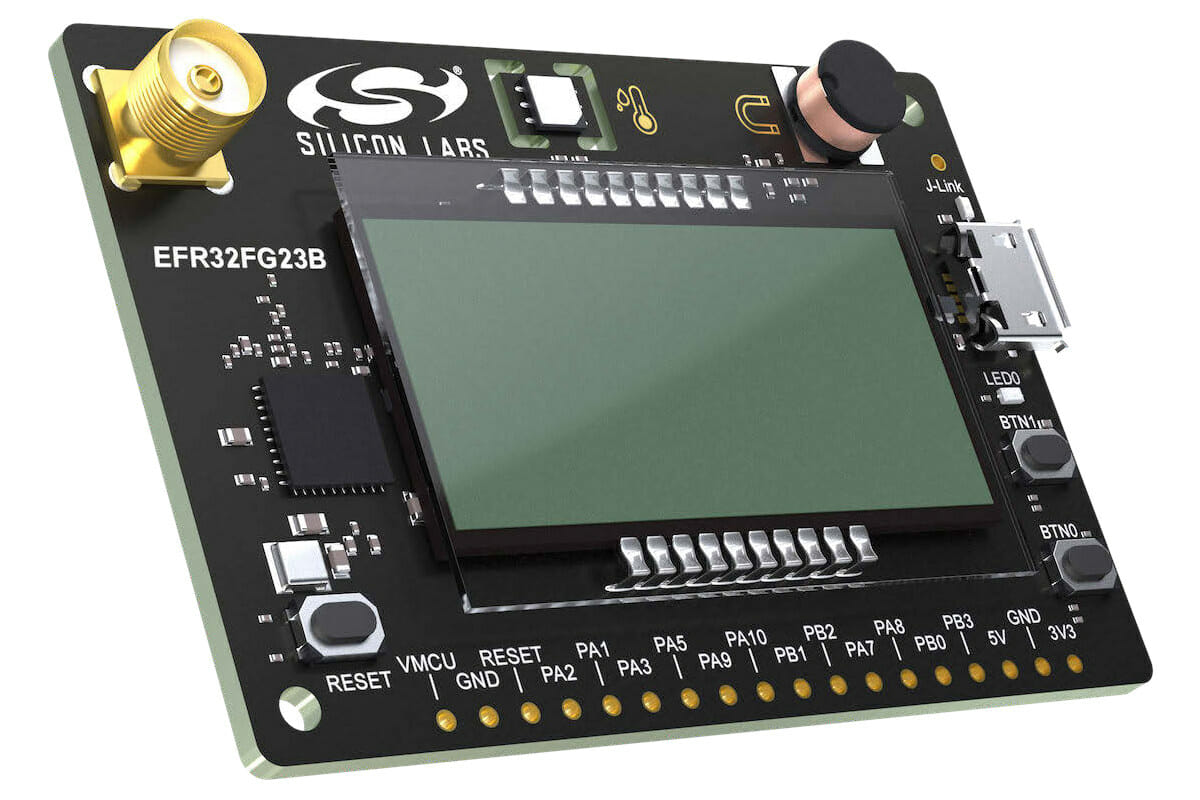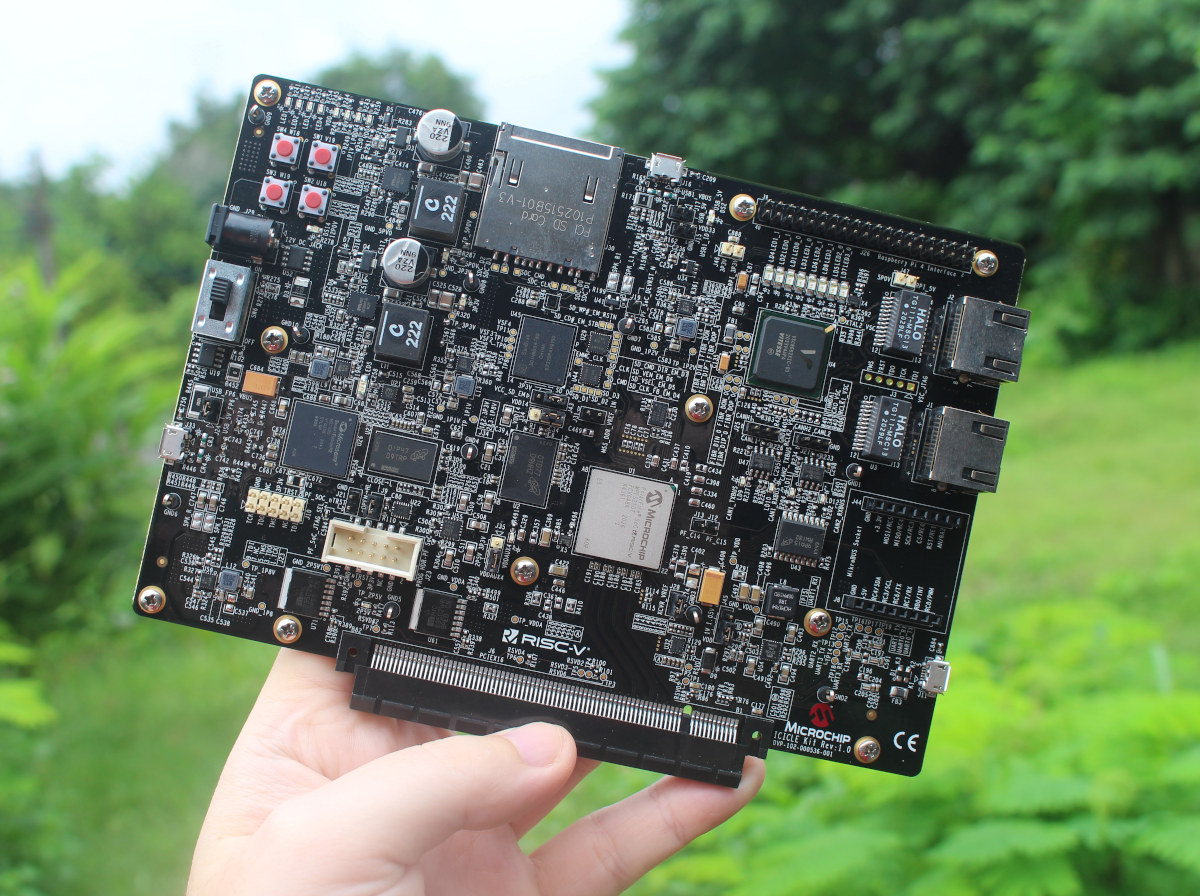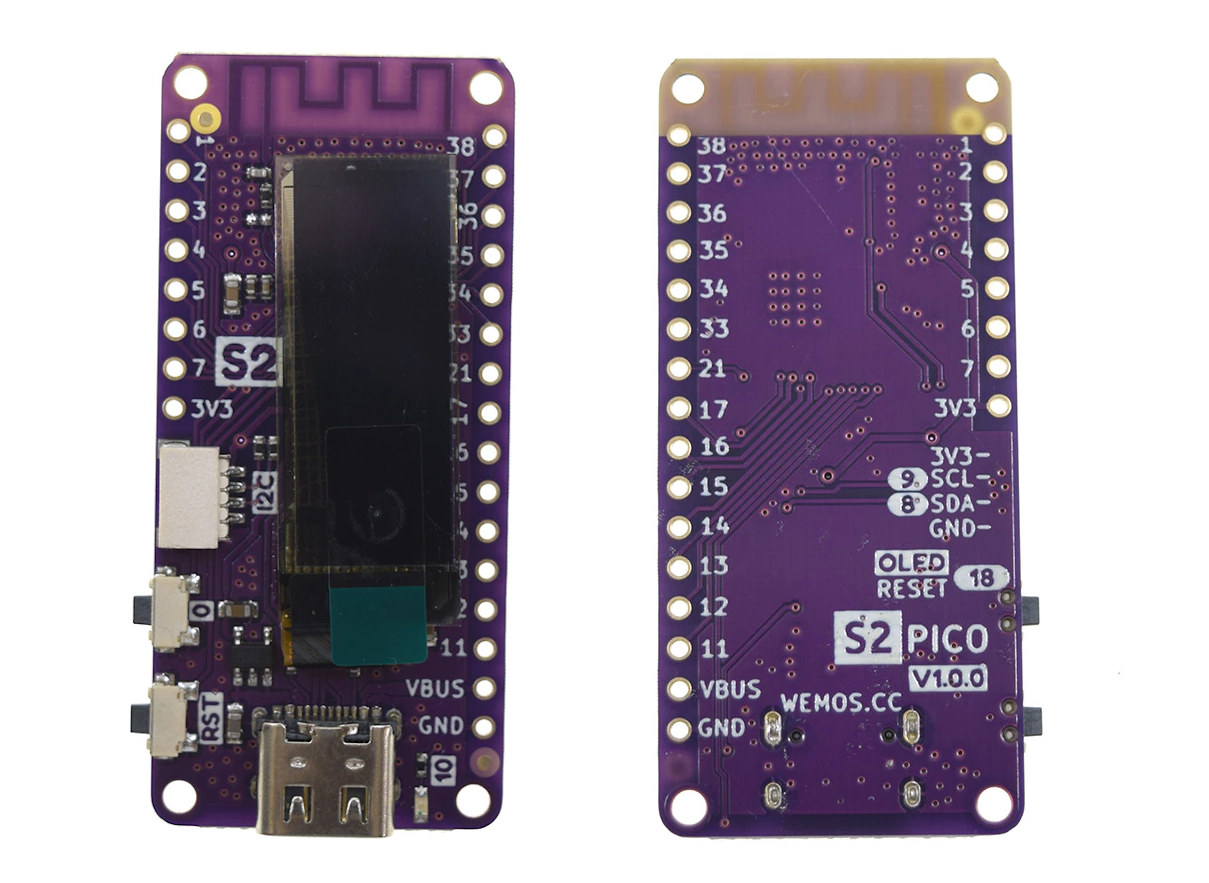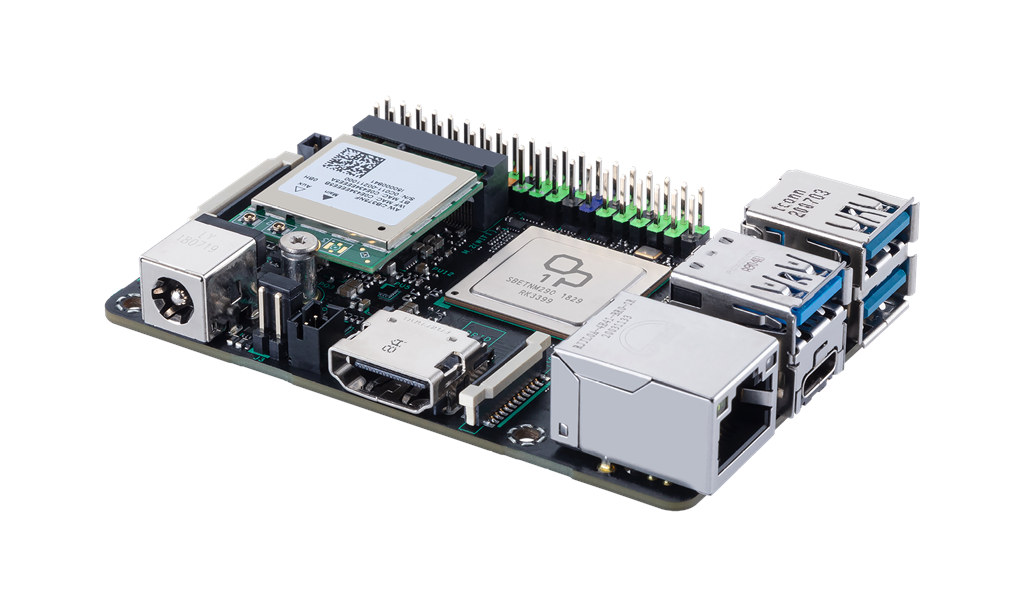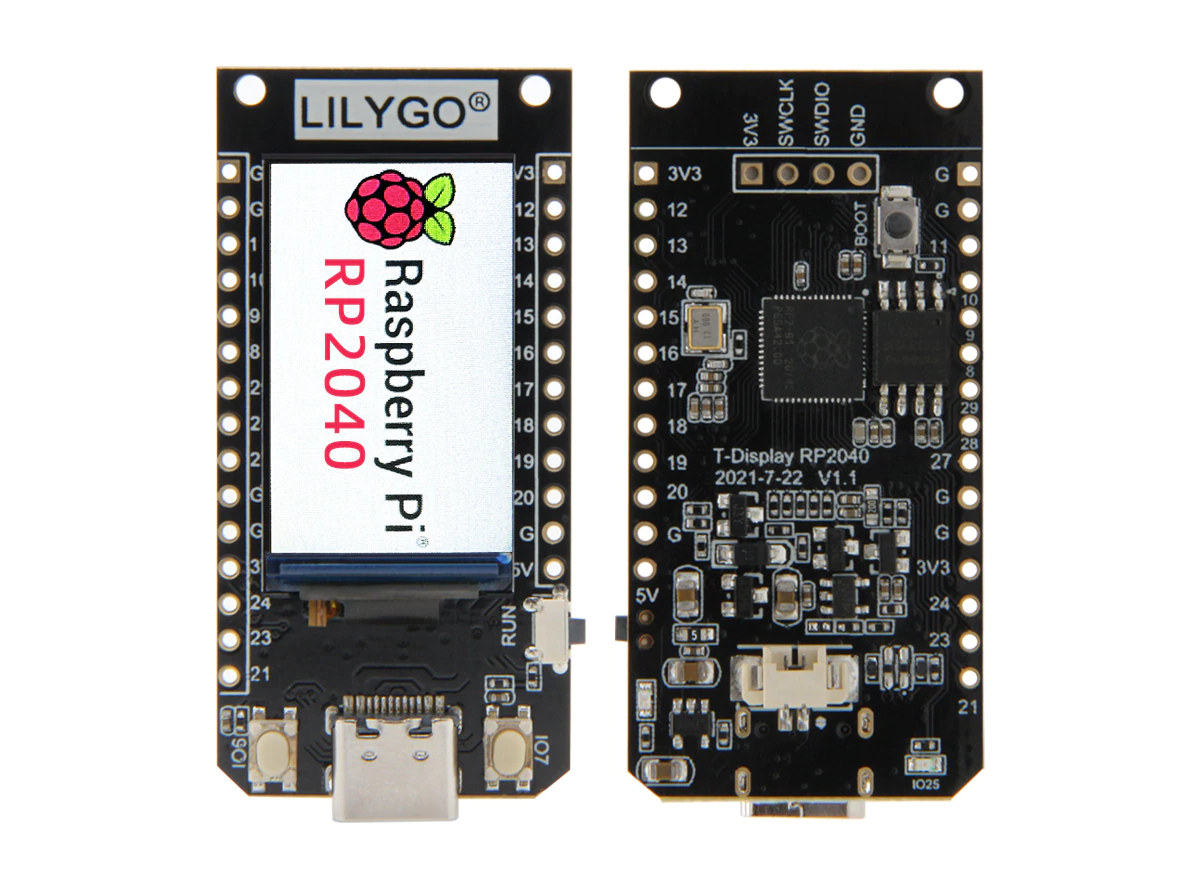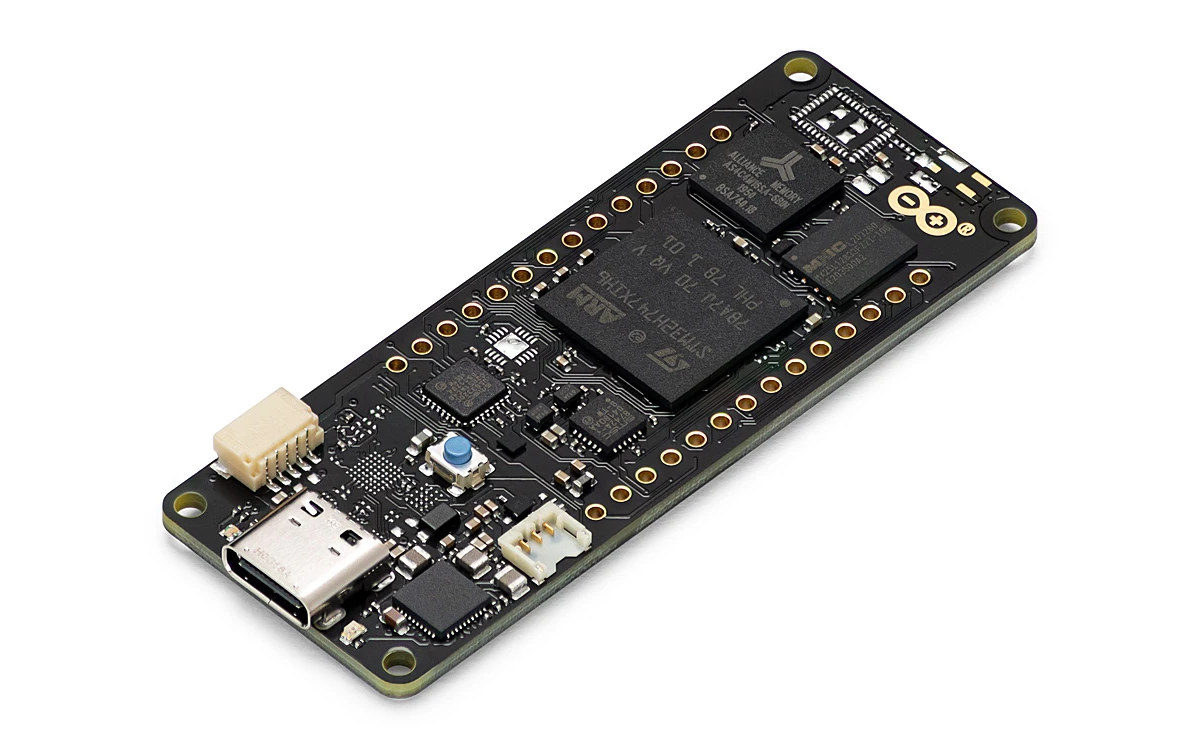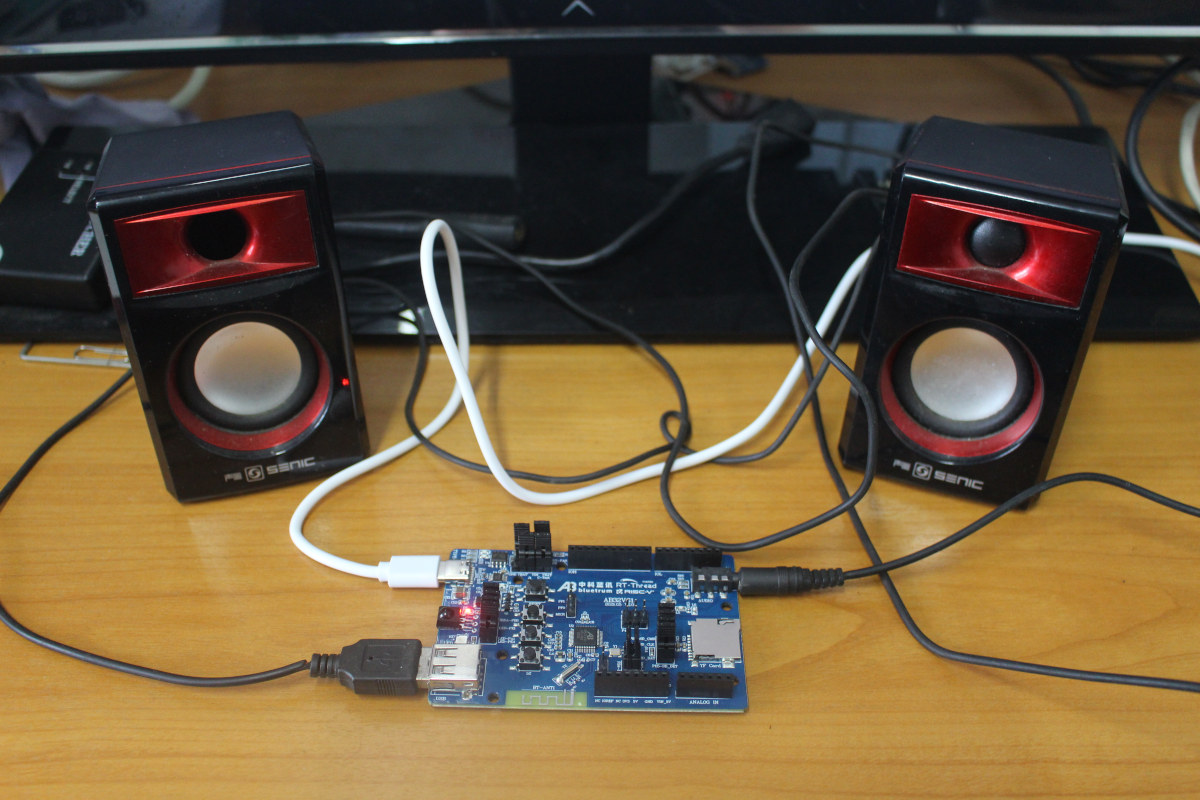Low-power flagship for artificial intelligence – congatec is expanding its SMARC platform with a new module with an NXP i.MX 8M Plus processor especially for embedded AI applications. Thanks to the extensive ecosystem with an application-ready 3.5-inch carrier board, Basler cameras, and AI software stack, fast proof of concept is possible. That hasn’t always been so easy. Previously, it was usually much more difficult to use the latest processor technology from the Arm environment as a finished system than to implement the x86 environment. This is because, as a result of the historically large range of individually tailored custom designs used in large quantities, the ecosystem of system platforms is not that extensive. However, with the modular approach based on the SMARC computer-on-modules specification, it is now also possible to obtain standard form factors from the x86 box PC range with ARM processors. For example, the embedded computing specialist congatec […]
Arm PSA Certified Level 3 Sub-GHz wireless SoCs support Amazon Sidewalk, mioty, Wireless M-Bus, Z-Wave…
Silicon Labs has announced two new sub-GHz wireless SoCs with EFR32FG23 (FG23) and EFR32ZG23 (ZG23) devices adding to the company’s Gecko Series 2 Cortex-M33 platform. Both FG23 and ZG23 support up to one mile (~1.6 km) wireless range, 10+ year battery life on a coin-cell battery, are certified with Arm PSA Level 3 security, and support “advanced wireless technologies” such as Amazon Sidewalk, mioty, Wireless M-Bus (WM-Bus), Z-Wave, and proprietary IoT networks. Silicon Labs explains the chips’ ultra-low transmit and receive radio power (13.2 mA TX at 10 dBm, 4.2 mA RX at 920 MHz) and RF implementation (+20 dBm output power and -125.3 dBm RX at 868 MHz, 2.4 kbps GFSK), makes the long-range and long battery life possible. The ZG23 is designed for Z-Wave applications with Long Range and Mesh connectivity and can be integrated into either end devices or gateways. The company is also working on ZG23-based […]
A first look at Microchip PolarFire SoC FPGA Icicle RISC-V development board
Formally launched on Crowd Supply a little over a year ago, Microchip PolarFire SoC FPGA Icicle (codenamed MPFS-ICICLE-KIT-ES) was one of the first Linux & FreeBSD capable RISC-V development boards. The system is equipped with PolarFire SoC FPGA comprised a RISC-V CPU subsystem with four 64-bit RISC-V (RV64GC) application cores, one 64-bit RISC-V real-time core (RV64IMAC), as well as FPGA fabric. Backers of the board have been able to play with it for several months ago, but Microchip is now sending the board to more people for evaluation/review, and I got one of my own to experiment with. That’s good to have a higher-end development board instead of the usual hobbyist-grade board. Today, I’ll just have a look at the kit content and main components on the board before playing with Linux and FPGA development tools in an upcoming or two posts. Microchip PolarFire SoC FPGA Icicle Unboxing The board […]
LOLIN S2 Pico – A compact ESP32-S2 board with an OLED display
If you’re into small MCU boards with an integrated display, you’re in luck as LOLIN launched the S2 Pico board with ESP32-S2 and an OLED display about at the time same as LILYGO T-Display RP2040 board we covered yesterday. Wemos/LOLIN S2 Pico board offers WiFi connectivity, a 128×32 OLED display, USB Type-C port for power and programming, as well as the usual GPIO headers in a compact 50×23 mm form factor. LOLIN S2 Pico specifications: SoC – Espressif Systems ESP32-S2FN4R2 single-core Xtensa LX7 processor with 4MB flash, 2MB PSRAM, and WIFI connectivity only, i.e.no Bluetooth support Display – 128×32 OLED display based on SSD1306 driver USB – USB Type-C port for power and programming Expansion 16-pin + 8-pin headers with 21x GPIO with interrupt/PWM support, ADC, DAC, I2C, SPI, UART, USB OTG 4-pin I2C connector Misc – Reset and user buttons Power Supply – 5V via USB-C port Dimensions – […]
ASUS Tinker Board 2S SBC launched for $120 and up
ASUS unveiled the Tinker Board 2 SBC with faster a Rockchip RK3399/OP1 processor together with the ASUS Tinker Board 2S board that adds a 16GB eMMC flash last October without pricing information. The good news is that the 2GB RAM version of Tinker Board 2S is now available on Amazon and Aliexpress for $120 and up. Note you’ll get a 5% discount if you are a follower on Aliexpress for a total of $132.99 including shipping. Compared to the first Tinker Board, the new boards are also offered with up to 4GB LPDDR4 RAM, an additional video output option with USB-C DisplayPort Alt mode, an upgrade to USB 3.0 ports and WiFi 5, RTC battery support, and a more stable 12V to 19V DC input. Here’s a reminder of Tinker Board 2S specifications: SoC – Rockchip RK3399 (OP1) hexa-core processor with 2x Arm Cortex-A72 cores up to 2.0 GHz, four […]
$10 LILYGO T-Display RP2040 board integrates a 1.14-inch color display
As its name implies, LILYGO T-Display RP2040 is a Raspberry Pi RP2040 based development board that comes with a display, and more exactly a 1.14-inch color display with 240×135 resolution and based on ST7789V SPI display driver. The T-Display RP2040 board joins other Rasberry Pi RP2040 boards with integrated displays like Arducam Pico4ML, but does so at a much lower price with LILYGO selling the board for just $9.98 on Aliexpress. LilyGO T-Display RP2040 specifications: Microcontroller – Raspberry Pi RP2040 dual-core Cortex-M0+ MCU with 264 KB of embedded SRAM Storage – 4MB SPI flash Display – 1.14-inch full-color IPS LCD Display (ST7789V SPI controller) with 240 x 135 resolution Expansion – 15-pin + 12-pin expansion headers with 14x GPIOs, 6x PWMs, up to 2x UART, up to 2x I2C, up to 2x SPI, 2x programmable high-speed I/O, 5V, 3.3V, Vbat, and GND Misc – Boot & enable buttons, 2x user […]
Portenta H7 Lite cost-optimized Arduino Pro board drops WiFi, USB-C video output, NXP secure element
Arduino Portenta H7 Lite is a cost-down version of Portenta H7 STM32H7 that shaves off a little over $30 of the Arduino Pro board by doing without a wireless module nor USB-C video output and opting for a lower cost Microchip ATECC608 secure element. Arduino says the new board provides a cost-optimized solution for companies developing high-end industrial machinery, laboratory equipment, computer vision, PLCs, robotics controllers, and mission-critical devices. Arduino Portenta H7 Lite specifications (with differences in bold or strikethrough): Microcontroller – STMicro STM32H747XI Cortex-M7 @ 480 MHz + M4 @ 200 MHz MCU with 2MB dual-bank Flash memory, 1 MB RAM, Chrom-ART graphical hardware accelerator System Memory – 2MB SDRAM (upgradeable up to 64MB) Storage – 16MB QSPI NOR Flash (Upgradeable up to 128MB) Connectivity 2.4GHz WiFi 802.11b/g/n up to 65 Mbps and Bluetooth 5.1 BR/EDR/LE via Murata 1DX module On-board 10/100M PHY Video I/F – MIPI DSI & […]
Getting started with Bluetrum AB32VG1 RISC-V Bluetooth audio board using RT-Thread
Bluetrum AB32VG1 is a development board based on AB5301A RISC-V microcontroller designed for Bluetooth audio applications as well as general-purpose projects that works with RT-Thread real-time operating system. RT-Thread sent me a board for review, and I’ll write about my experience in a getting started guide for Bluetutm AB32VG1 trying out the RT-Thread Studio IDE with the LED blink and audio samples, as there’s no Bluetooth sample at this time… Bluetrum AV32VG1 Unboxing The board ships with a USB-C cable for power and programming. It offers Arduino UNO headers for expansion, a MicroSD card slot, a USB host port, a 3.5mm audio jack, an IR receiver, and a few buttons. There’s nothing to do on the bottom of the board apart from a QR Core for the WeChat app. There are also several configuration jumpers, but I could not find any documentation about these and did not mess with the […]

